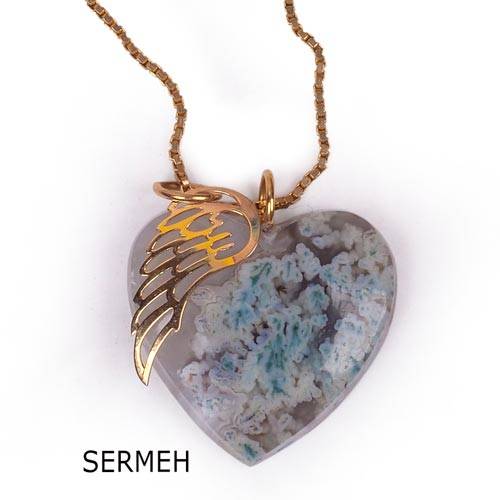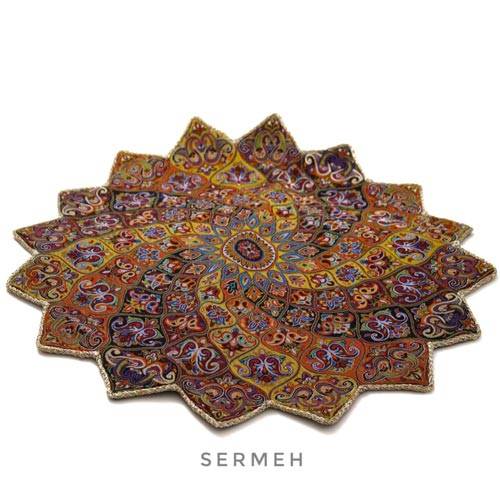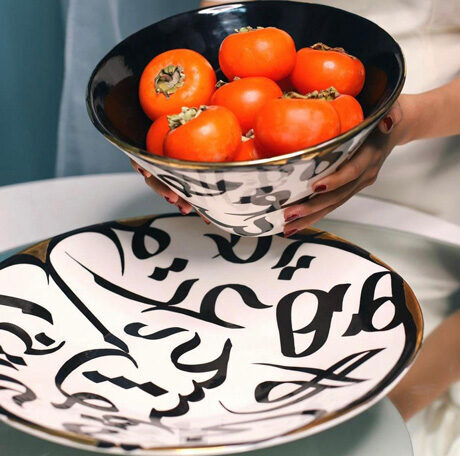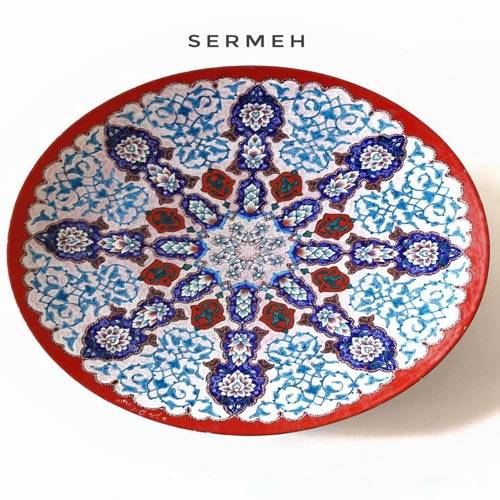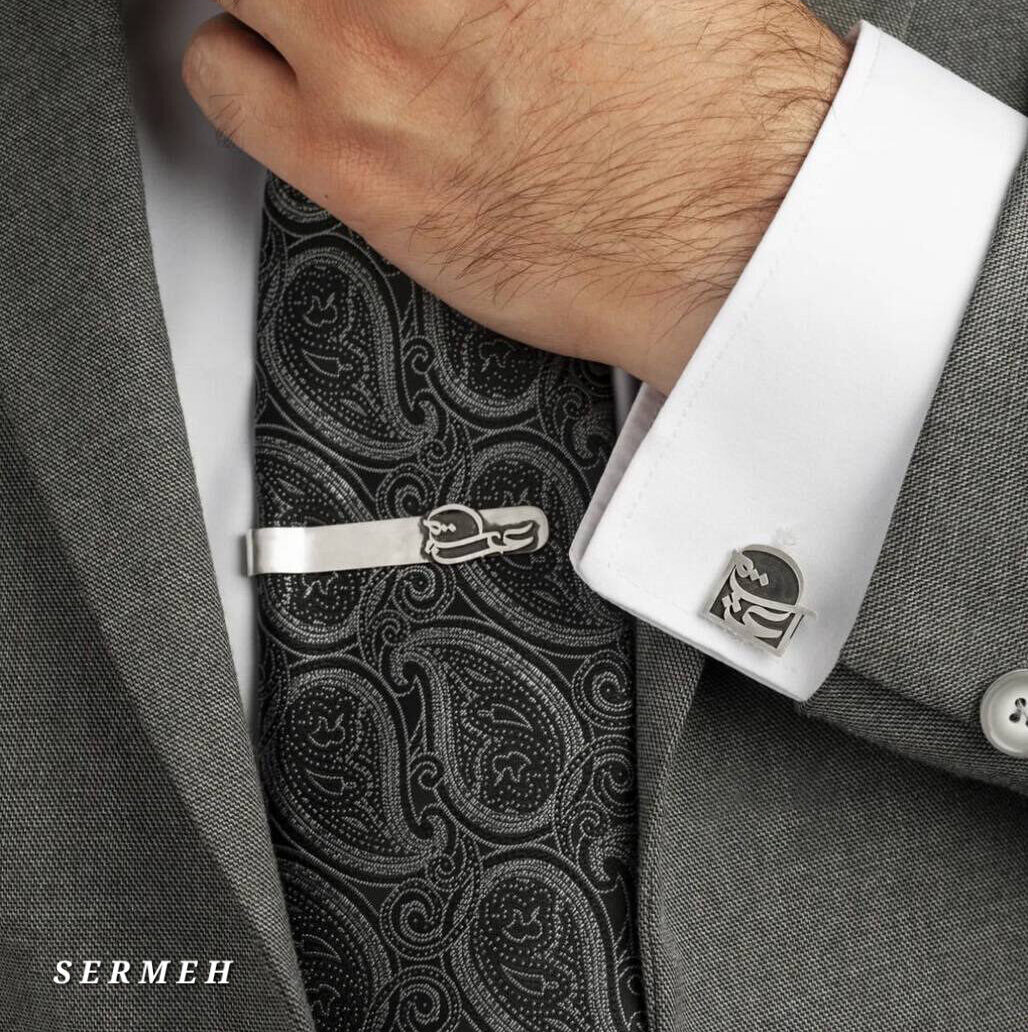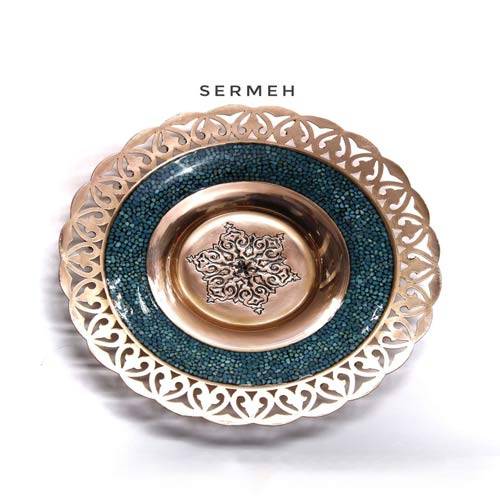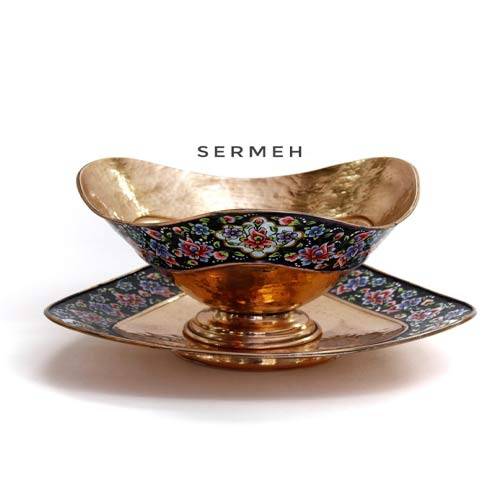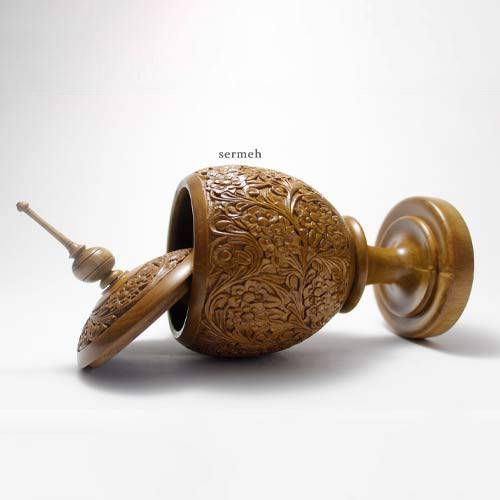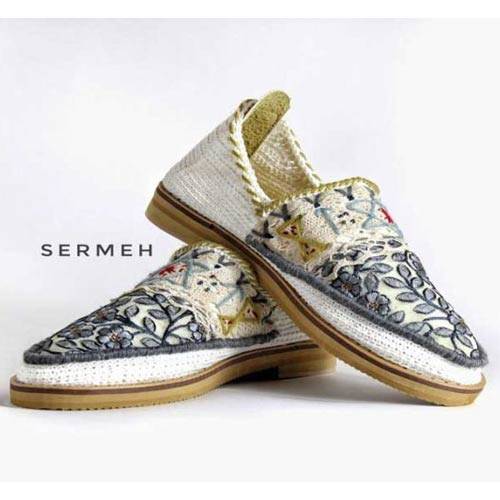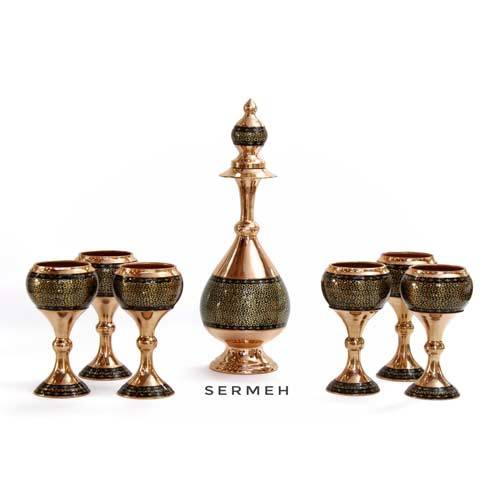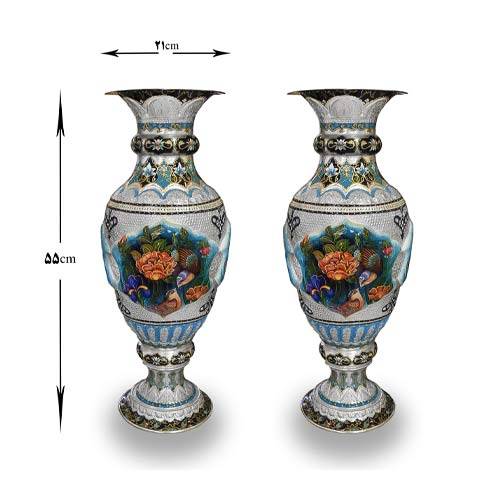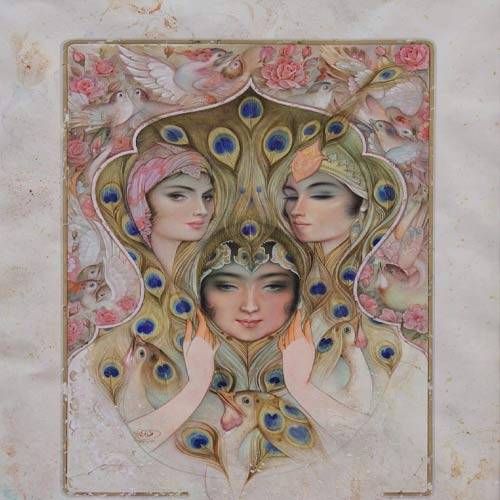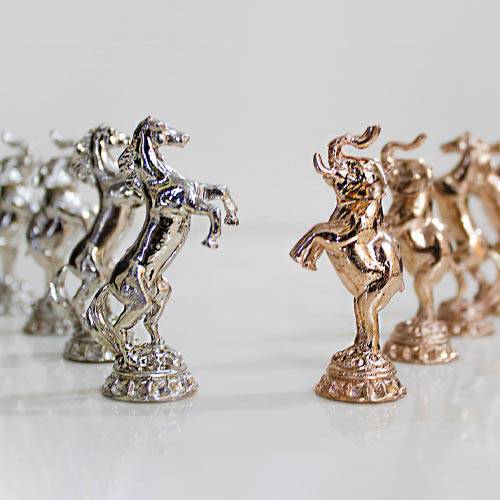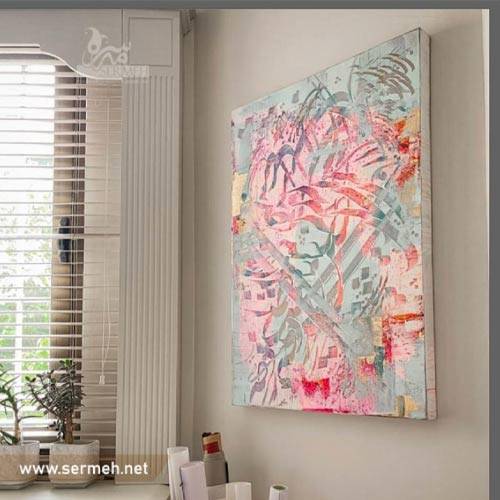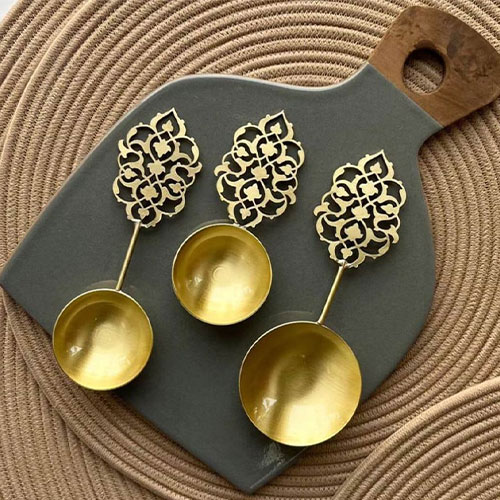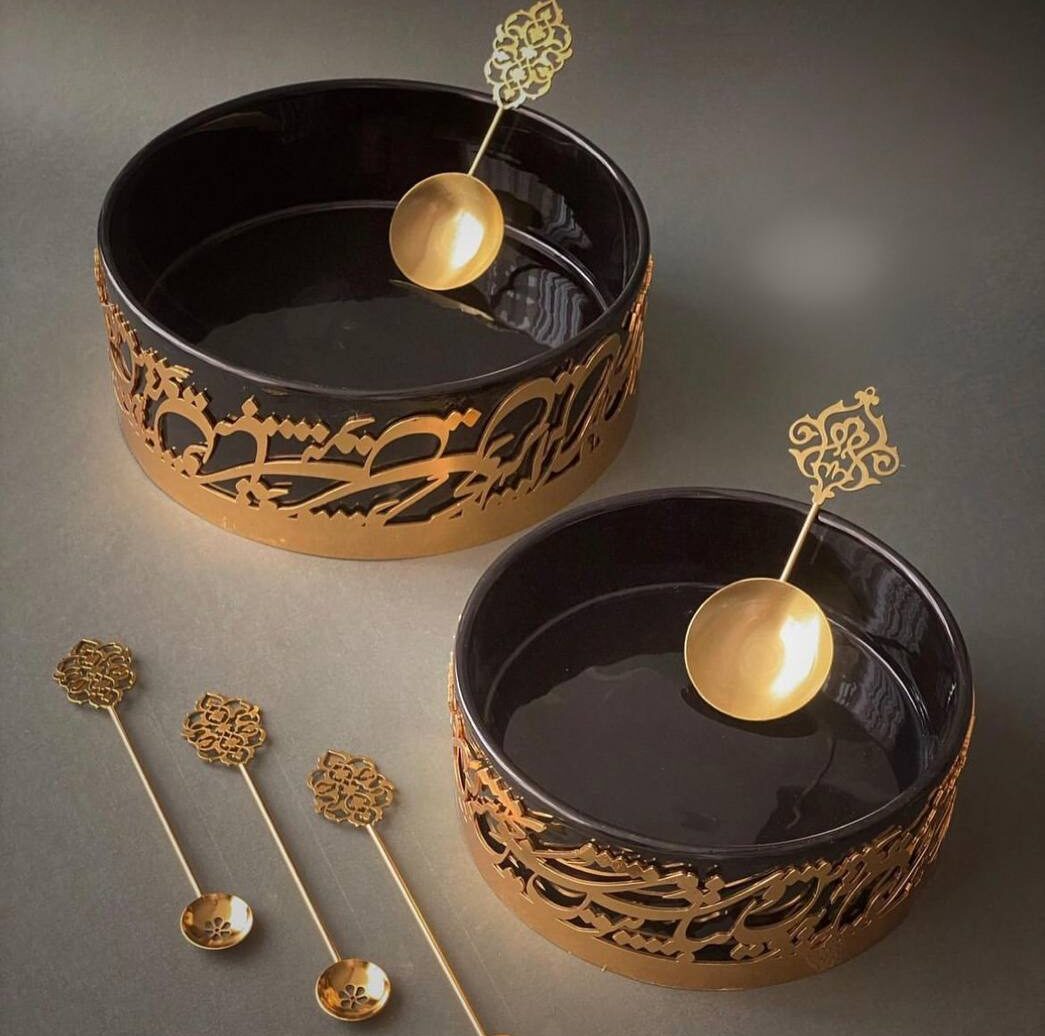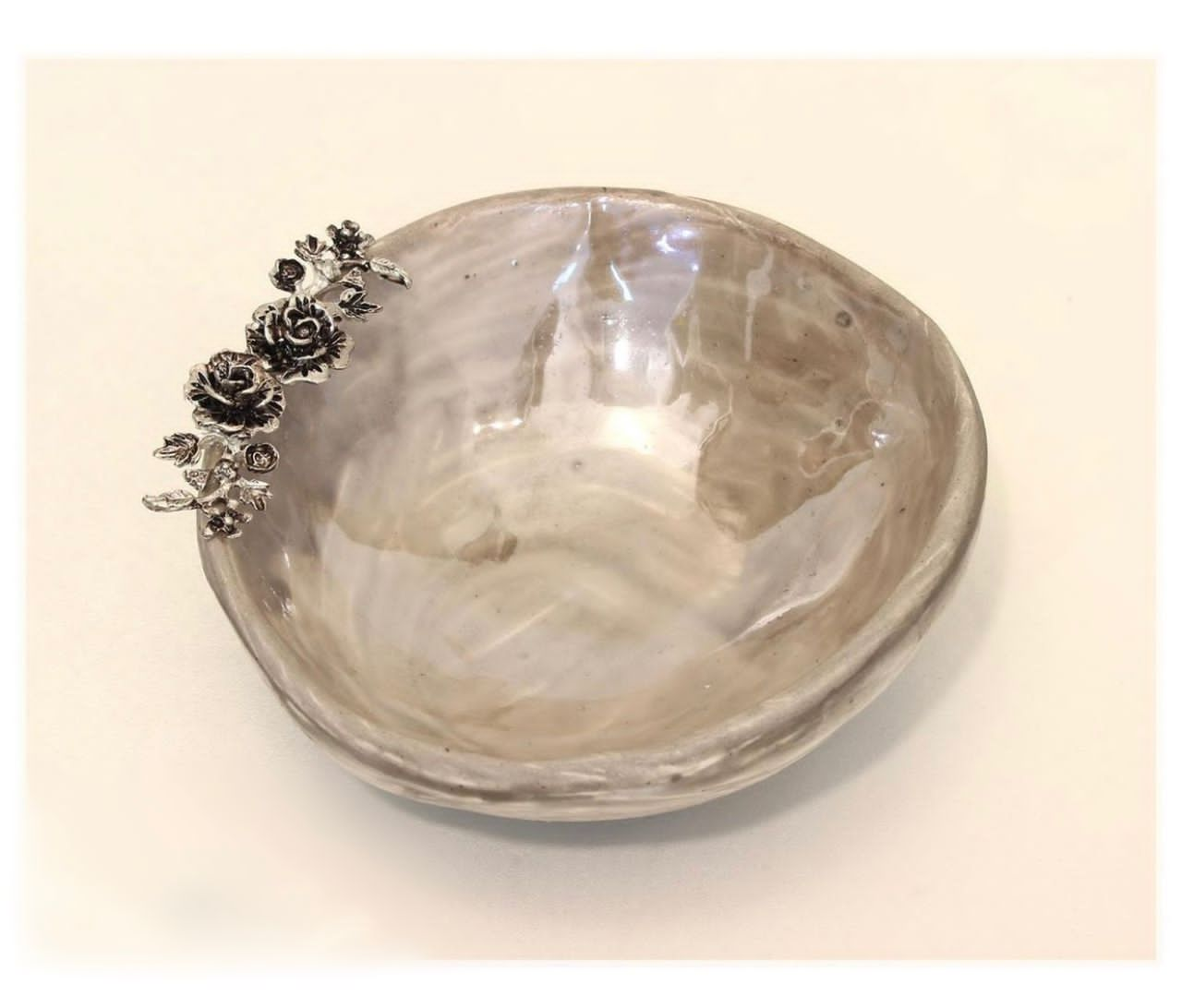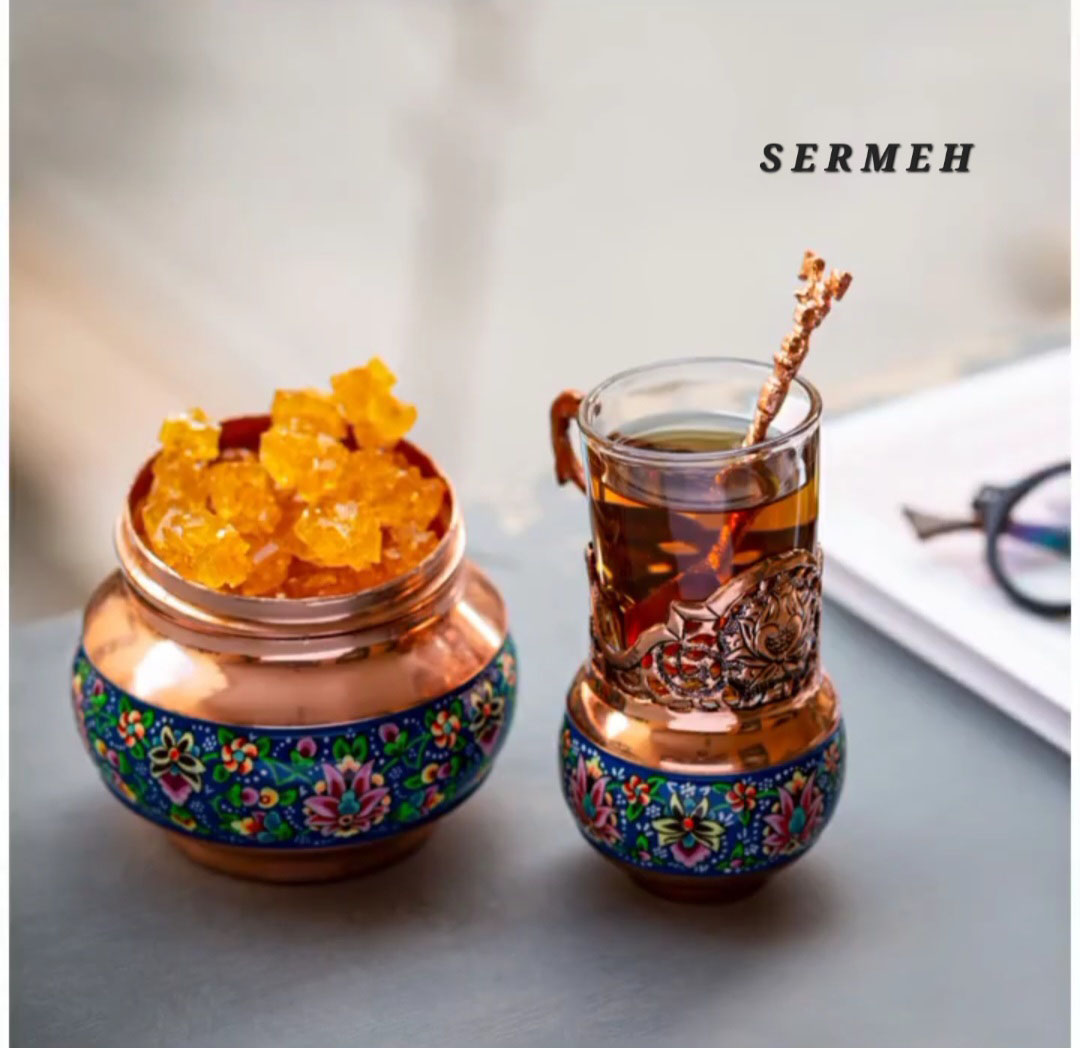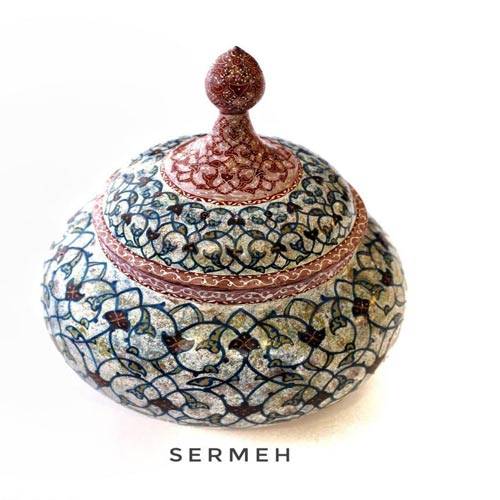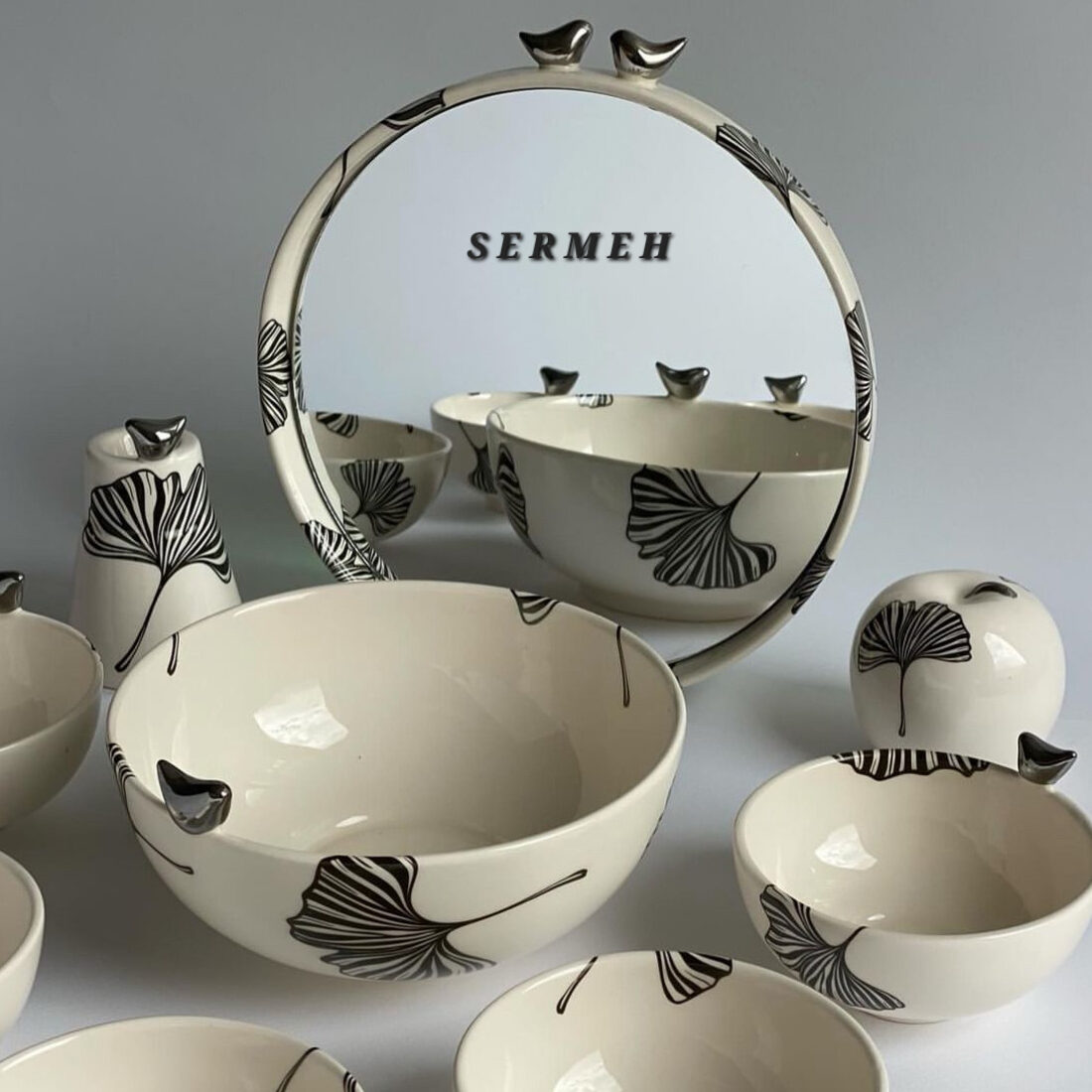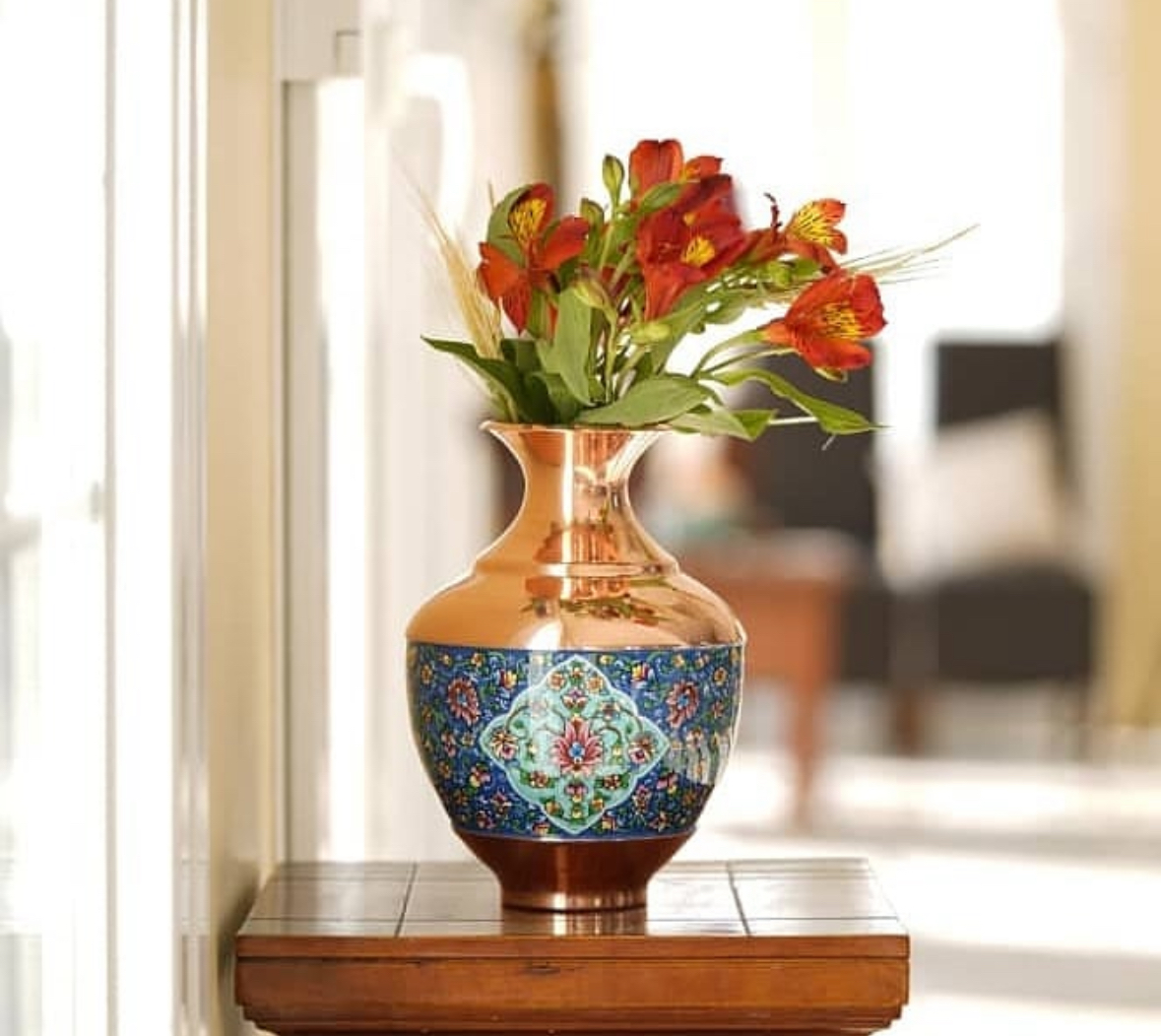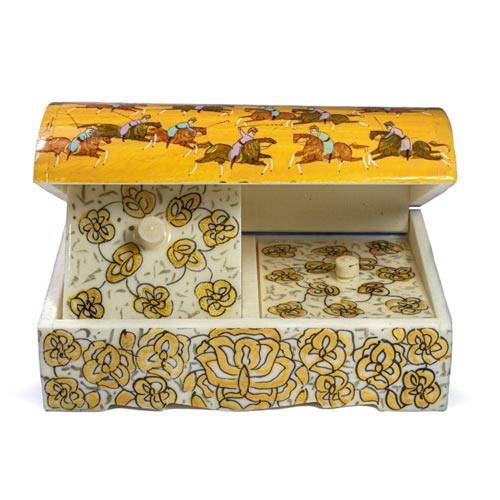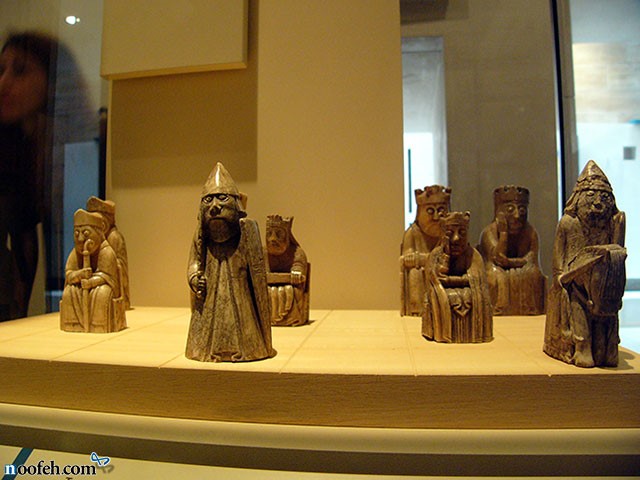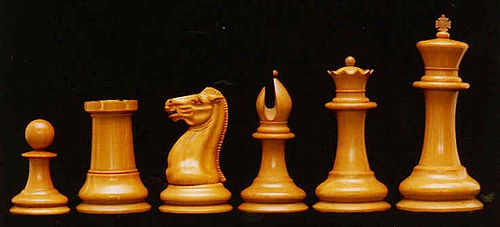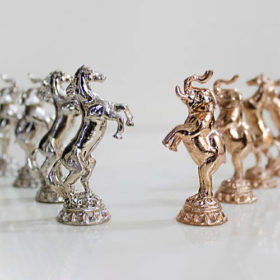Chess Components
chess board names of pieces
By examining the words of chess, it can be seen that many words of the components of chess are influenced by Persian words. To clarify this issue, we will examine a few cases.
Chess – This word in old Persian means chatrang or shatrang . A combination of two parts, chatr or chatur (satur) meaning four, and ang or hang which means row or bunch. Chatur also refers to four specific movements of chess pieces.
king – king is the most basic piece of chess and is a Persian word whose ancient root is Khashey. This word, carved in cuneiform in the cuneiform inscriptions of Mount Biston, has been remembered since ancient times. It should be noted that the king is called “Raja” in Sanskrit Nepali Hindi and other related languages, and the king is called “Maharaja”. In the case of the chess king, they use the Persian word shah. More interestingly, in all languages of the Indian subcontinent, such as Urdu, Gujarati, etc. this chess piece is also called “shah” and sometimes even “padeshah”.The king in France is “ashe”, the French dictionary explicitly states in front of this word, which is taken from the Persian king(shah). In German the horn(shakh), in Czech and Slovak the horn, in Russian the shakhmat , which appears to be the same as the mat Shah of Persia, is called Chess in English.
Minister – In ancient times, Iranians used the word Farzin for minister. The word Farzin is still used in some local dialects of Iran. The conclusive proof of this chess piece is called Ferz, which in ancient Persian was also said to be Ferj, Ferz, and Ferzan. Therefore, it can be easily accepted that the minister is an adaptation of this word. In other languages, for example, in Arabic, it is called Alferz and in Russian, it is called Fierz. Western countries used to call it a ferz at the beginning of its familiarity with chess, but later, during changes in the movements of chess, its words also changed. Interestingly, in Hindi, Gujarati, Urdu, Kashmiri the word minister is used in chess, while in Sanskrit it is called “montri”.
The origins of the word chess based on the principles and rules of linguistics say that chess is completely Iranian, such as these words:
1- King (shah): which is the main chess piece, is a Persian word with the ancient roots of Khashaythia, this word is carved in cuneiform in the cuneiform inscriptions of Bistoon Mountain. In the language of India it is called Raja, in Iranian chess, Shah Shah gives the same meaning as the Persian word Shah.
2- Minister(vazir): In ancient times, Iranians used the word “farzin” for the word minister, but in India, the word minister is called “manteri”.
3- Elephant(fil): In ancient Persian, it was called the elephant, but it is not in Sanskrit at all.
4- Pedestrian(piadeh): which was known as pai in ancient Persian, but in the language of India it is called Matika. And there are many other words, which have a sign, that chess pieces and chess itself are of Iranian origin.
The characteristics of chess have an interesting harmony with the social system of the Sassanid era and before that, meaning that the spirit of war and especially the arrangement of troops into two infantry divisions in front and horsemen, elephants, and chariots in the rear, to history. Refer to the collective system in Iran. More importantly, he paid special attention to the king, who summed up everything in his glory.
The official pieces of chess pieces (Chess Components) from left to right: soldier, face, horse, elephant, minister, king.
Sermeh – Persian Handicrafts Store

